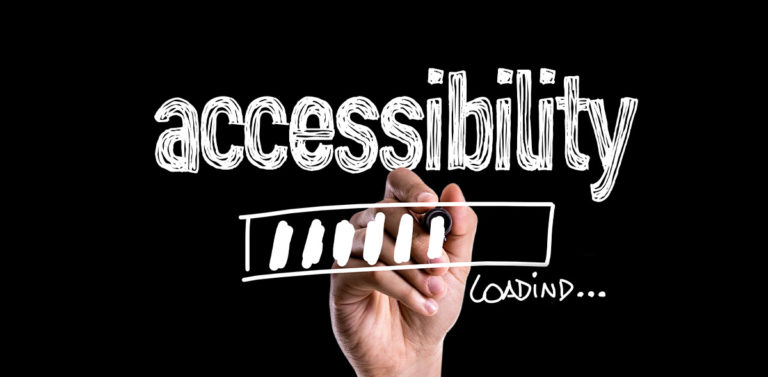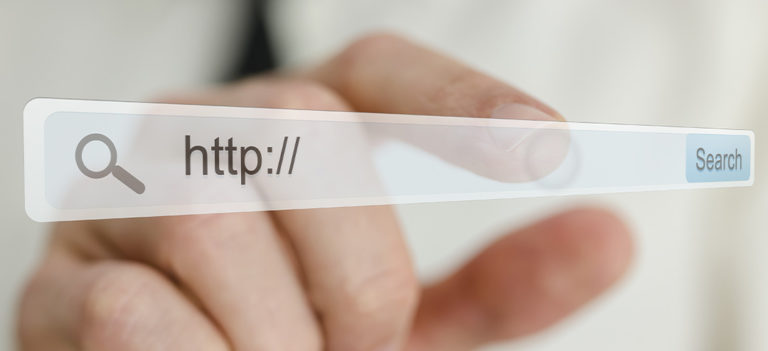Questions To Ask When Hiring an SEO Agency
Before we start, I’d like to make a statement. The article you are reading is not from a digital agency owner promoting his search engine optimization agency. Instead, this article is from an agency owner who has seen many models through the decades. Throughout this article, I’ll suggest some questions worth asking as you choose…



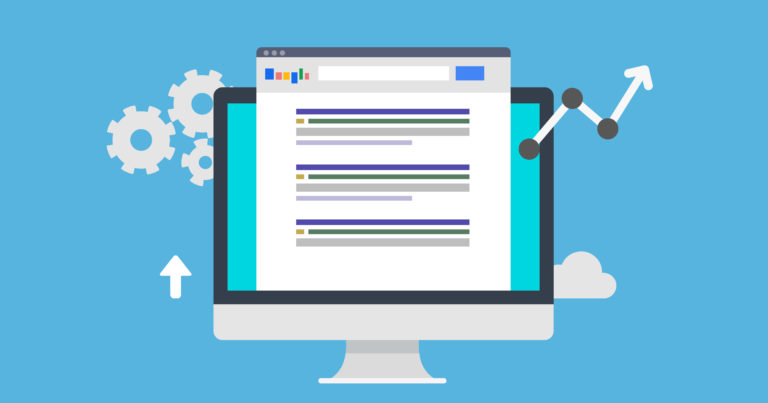
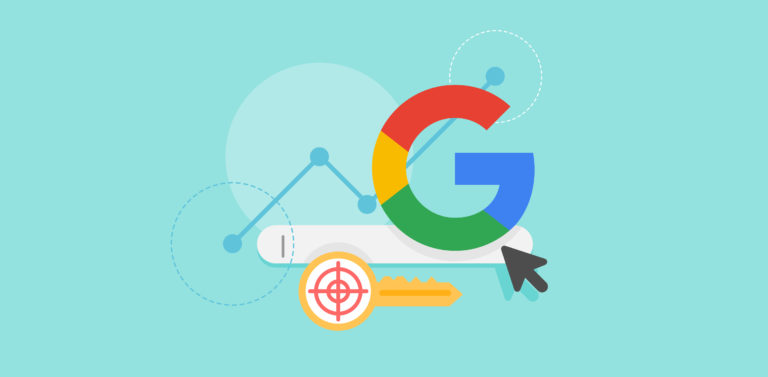

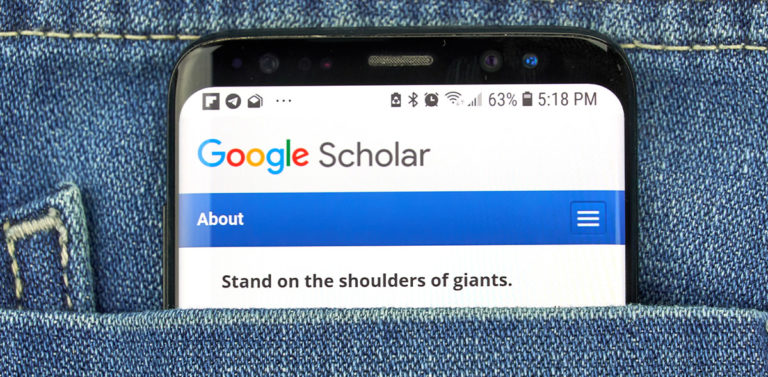
![The Big List of PPC Resources and Articles [Updated for 2022]](https://www.greenlanemarketing.com/wp-content/uploads/2021/08/The-Big-List-of-PPC-Resources-768x512.png)

